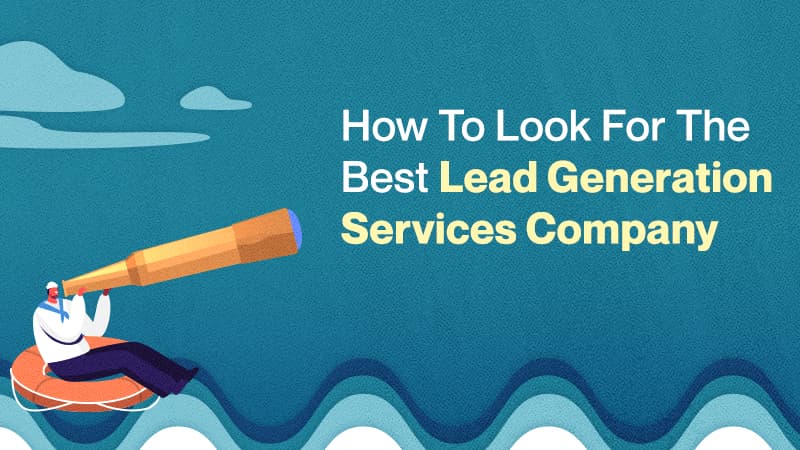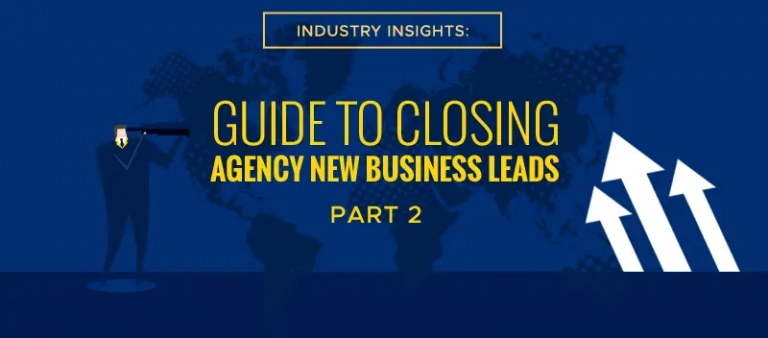Learning from your competitors’ lead generation campaign is an essential step for brands developing their own lead generation campaign. Finding out what works for a competitor will enable proactive brands to gain insights about the type of content their audience might also respond to and the broader needs and demands within their niche.
There are plenty of tools lead generation teams can use to form a successful lead generation campaign, and monitor a competitor’s strategy, but here are a few creative ways to keep an extra eye on the field.
Identify your Competitors
The first thing you want to do in your competitive analysis strategy is to identify your competitors. Now, you may already have one competitor in mind, but there’s a possibility that you have other competitors that compete with you on Google that you’re not aware of.
Here’s what you have to watch out for:
- Note the ratios SEO vs. PPC
- Review the core keywords. This will help you gut check them as a key competitor and tell you the direction of their marketing plan.
- See the keywords that they buy/rank on that you don’t.
- Browse their top keyword groups.
Related: Competitive Analysis: How Competitors Can Get You New Leads and Clients
Assess their SEO Performance
If your competitor has a solid SEO footprint, there’s a lot to learn from tracking where they are and how they reached that point. Analyzing your competitor’s SEO will help you understand how they draw people to their site through informative, relevant content.
You can emulate their approach by targeting many of the same keywords that they target. You should also fill in the gaps by covering territory where they’re weak or have no presence. Identifying those areas will be a key part of your competitor analysis. Here’s what to look for:
- Their most valuable organic content
- Their existing rankings
- Their past ranking
- Their backlink profile
Related: How to Attract More Clients in a Competitive Market
Analyze video content
Many brands now include video as an integral part of their content marketing strategy, and marketing teams should check whether or not competitors are using video and look for interactions, such as comments, views, and shares.
Engagement is a good indicator of content performance. Check to see which videos have the most views, evaluate target keywords in the video title and description, and document anything noteworthy.
Brands should also consider subscribing to competitors’ YouTube channels in order to get alerts for new videos.
Track and analyze social media presence
Most companies are now active on several social media channels, which also provides an excellent opportunity for competitors to monitor and track what they’re doing online.
You can keep an eye on your competition’s activities by following them, and turning on notifications for any updates. Among various measures, you can observe the tone of their posts, the images they use, and the effectiveness of their overall social media strategy. If a particular type of content a competitor shares sees high levels of engagement, you may want to consider a similar approach.
Related: The Perfect Response to “We Are Currently Working With Your Competitor”
Review their top-performing content
Brands can also learn about their competitors’ content strategy by looking at their best-performing content. Based on this insight, brands should consider what differentiates the popular content, and what makes it so compelling. For example, what questions does the content answer, and which keywords does it target? Reviewing a competitor’s top-performing content and gathering insights about what attracts an audience to it can help marketers develop new content topics and ideas.
Attend competitors’ webinars
Webinars often delve deeper into a particular topic, and through this, brands can find out what interests their competitors’ audience and the specific angles they take.
Webinars typically have a question-and-answer session at the end, so it’s important to stick around to hear questions from the audience. Brands can then address those questions through their own content, or even generate topic ideas based on the information shared during the webinar.
Conclusion
Brands should be aware of how competitors are doing their lead generation campaigns and make sure they can give their audience a better experience.
There are numerous ways in which you can monitor your competition, and keeping track of their strategies is an essential element in developing your own effective strategies.
As new competitors enter the industry, brands must be willing to make changes to their campaigns and adapt to the marketplace. Those that are able to do so consistently will be able to stay a step ahead.




